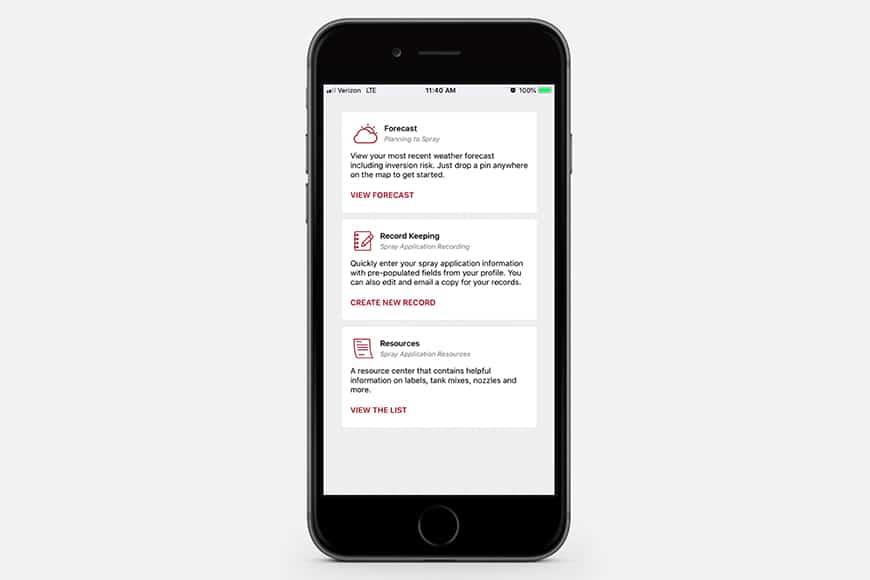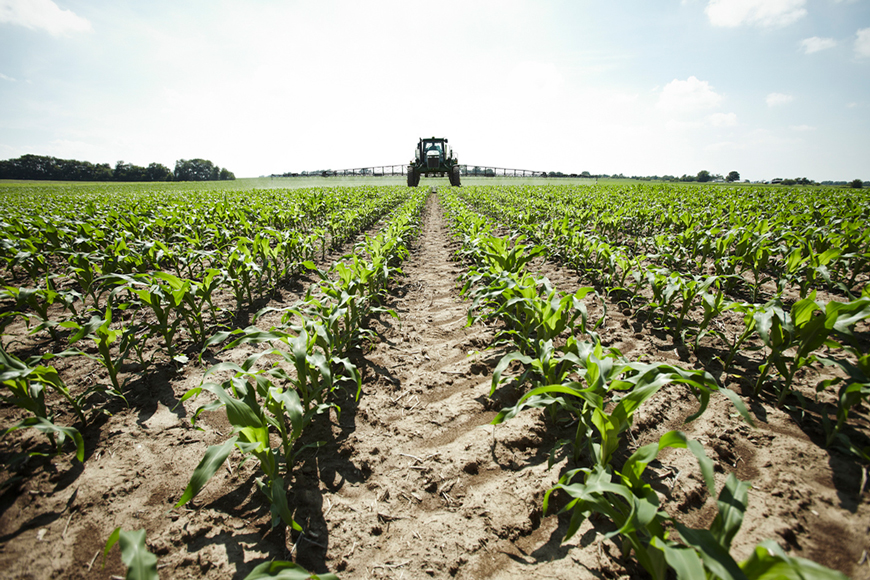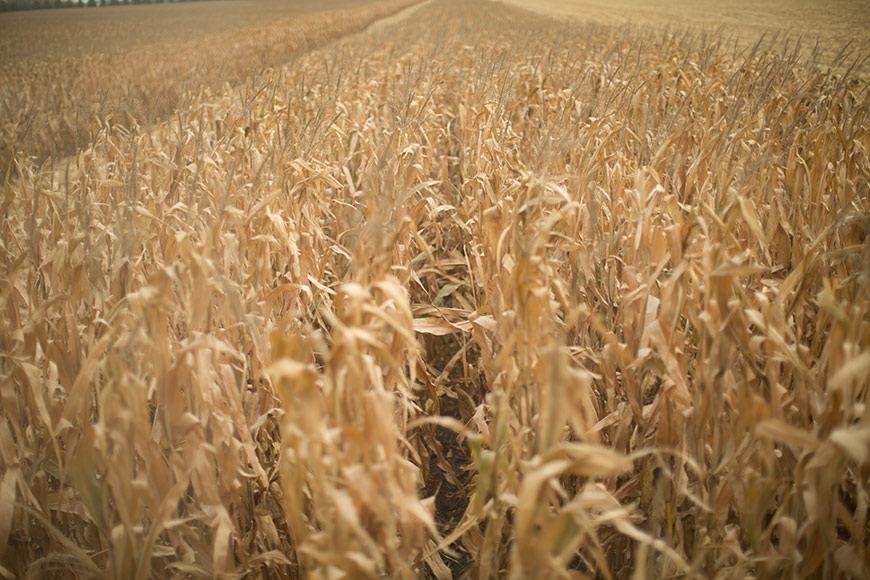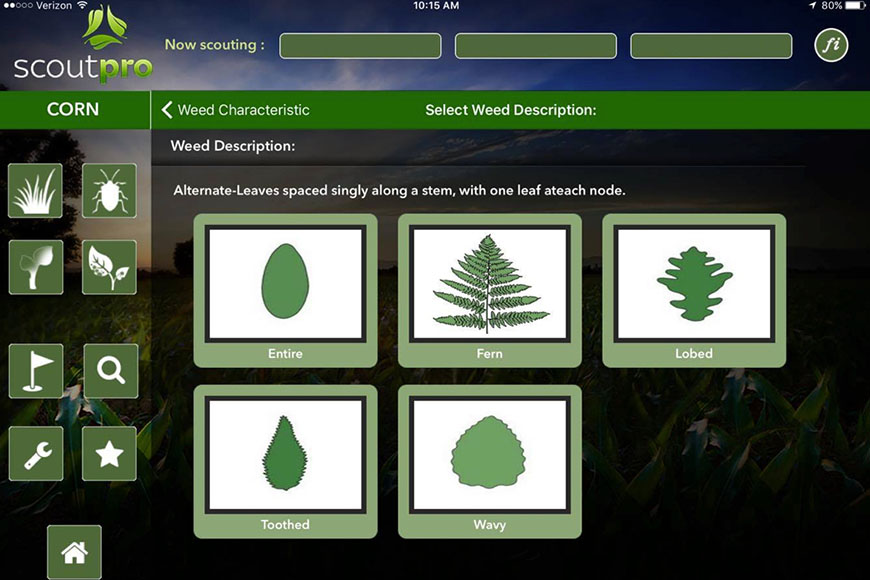Your In-Season Tech Tool Timetable
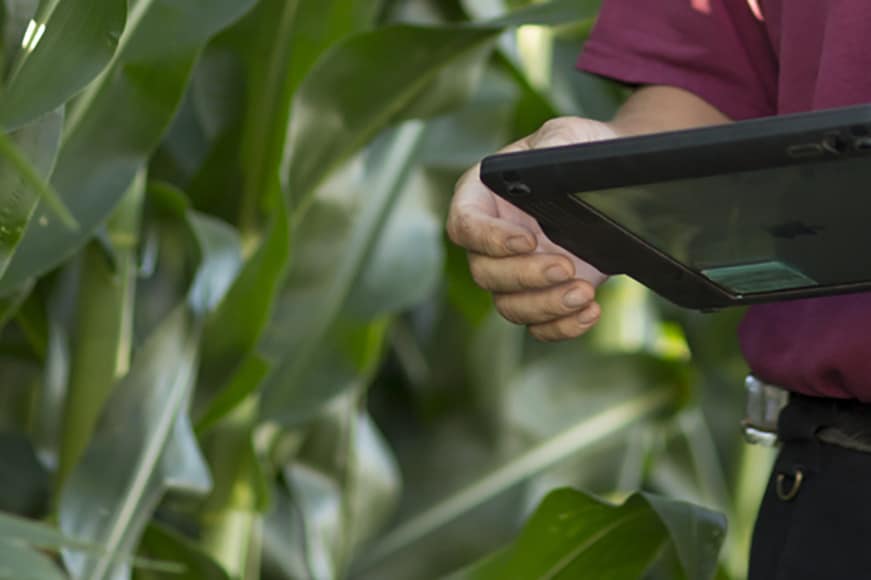
After thinking that spring would never arrive, all of a sudden — it did. From now until harvest is complete, your time will be taken up with managing every aspect of your operation with little downtime.
We’d like to offer you a ray of hope. Technology can make challenges manageable and fortify your decision-making. No doubt you will be having discussions throughout the season with key partners, including your trusted local advisor. Technology should be part of each interaction.
We’ve put together a checklist of some of the primary field tasks you tackle every season, along with the technology tools that can help you accomplish them efficiently and effectively. Use this guide as a reference for which strategic decisions to discuss with your WinField United retailer throughout the year.
Early season
Your primary tasks include measuring the uniformity of crop emergence as well as stand quality. You should also be scouting fields for early-season weeds and applying a postemergence herbicide as needed. Your agronomist is probably taking tissue samples and having them analyzed to detect and address any nutrient deficiencies.
Ag tech tool support:
Mid-season
During this part of the season, you and your agronomist are continuing to tissue sample and address any plant nutrient deficiencies. You’re also scouting for weed escapes and identifying areas of potential resistance. Insect or disease pressure can also manifest now. Use this time to evaluate root type, structure and limiting factors.
Ag tech tool support:
Late season and harvest
As you begin to wrap things up, you and your agronomist are performing final tissue sampling and analysis. You’re also soil sampling to assess soil health. You’re evaluating pollination and ear development in your corn crop and estimating yield potential.
Ag tech tool support:
Talk with your local WinField United retailer about how the right mix of technology tools can help you achieve field success all season.
We’d like to offer you a ray of hope. Technology can make challenges manageable and fortify your decision-making. No doubt you will be having discussions throughout the season with key partners, including your trusted local advisor. Technology should be part of each interaction.
We’ve put together a checklist of some of the primary field tasks you tackle every season, along with the technology tools that can help you accomplish them efficiently and effectively. Use this guide as a reference for which strategic decisions to discuss with your WinField United retailer throughout the year.
Early season
Your primary tasks include measuring the uniformity of crop emergence as well as stand quality. You should also be scouting fields for early-season weeds and applying a postemergence herbicide as needed. Your agronomist is probably taking tissue samples and having them analyzed to detect and address any nutrient deficiencies.
Ag tech tool support:
- Track crop growth using satellite imagery in the R7® Field Monitoring Tool.
- Benchmark fields based on biomass accumulation to monitor variability due to disease, insect presence, storm damage, weed pressure or nutrient deficiencies.
- Scout fields by zone using in-season imagery from the R7 Tool.
- Use satellite imagery to understand field variability and scout by biomass zones within the field, optimizing scouting and in-season management decisions.
- Determine optimal timing and rates for in-season nutrient applications using the R7 Field Forecasting Tool.
- This crop model focuses on nitrogen, potassium and water management, letting you drill down on timing and rates to optimize yield potential.
Mid-season
During this part of the season, you and your agronomist are continuing to tissue sample and address any plant nutrient deficiencies. You’re also scouting for weed escapes and identifying areas of potential resistance. Insect or disease pressure can also manifest now. Use this time to evaluate root type, structure and limiting factors.
Ag tech tool support:
- Track crop growth using low-resolution, daily satellite imagery in the Field Monitoring Tool.
- Scout fields by zone using in-season imagery.
- Determine optimal timing and rates for in-season nutrient applications using the Field Forecasting Tool.
- Taking timely tissue samples lets you zero in on the efficacy of nutrient uptake into the plant and determine potential deficits or excesses.
Late season and harvest
As you begin to wrap things up, you and your agronomist are performing final tissue sampling and analysis. You’re also soil sampling to assess soil health. You’re evaluating pollination and ear development in your corn crop and estimating yield potential.
Ag tech tool support:
- Use the Field Monitoring Tool to monitor field drydown trends to help determine harvest order.
- Employ satellite imagery to monitor field trials and analyze vegetative differences from in-season product applications. For example, a fungicide application will often keep a field healthier later into the season, so if you leave a check strip in a field it may show up on in-season imagery.
- Calibrate yield monitors to ensure accurate yield data collection.
Talk with your local WinField United retailer about how the right mix of technology tools can help you achieve field success all season.


